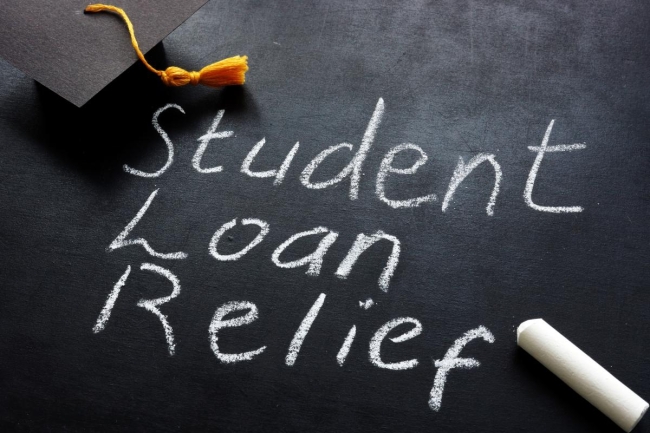You have /5 articles left.
Sign up for a free account or log in.

designer491/iStock/Getty Images Plus
Paperwork and bureaucratic barriers prevent millions of student loan borrowers from accessing critical relief. There is no clearer example than the federal government’s student loan relief program for people with disabilities.
Since its inception in 1965, the Total and Permanent Discharge (TPD) program has promised to erase the federal student loan debts of people whose disabilities limit their ability to work. However, as with many targeted relief programs similar to those being floated as a solution to the student debt crisis, many eligible borrowers never completed the application process to receive that relief. As negotiators in the recent U.S. Department of Education negotiated rule-making sessions, we’ve heard firsthand from many borrowers who have struggled with navigating the bureaucratic hoops involved in these forgiveness programs.
The premise of the original TPD program was simple enough: anyone with a permanent disability that substantially limits their ability to work will receive federal student loan cancellation if they ask for it. In practice, though, requesting TPD cancellation was an almost insurmountable process, one that required borrowers to both self-identify and then navigate a lengthy, complicated and paperwork-heavy system—the very type of process that prevented eligible borrowers from employment in the first place.
Even help with the application didn’t make the program much more accessible. During the Obama administration, the Department of Education and Social Security Administration created a data-matching program so that the Education Department could easily reach the people receiving disability benefits. After locating the hundreds of thousands of people who could benefit from this program, the Education Department mailed them applications to complete in order to access debt discharge. Only 36 percent of these disabled borrowers were able to find and compile the information necessary to fill out the application correctly and secure debt relief through this program.
Even after obtaining debt relief, TPD also required borrowers to report their income at various points over a subsequent three-year monitoring period—even though the Education Department could easily access these data—a requirement that resulted in tens of thousands of borrowers having their loans reinstated because they did not complete the necessary paperwork. A 2016 report from the Government Accountability Office revealed that 98 percent of those who had their loans reinstated had this happen because they failed to submit the annual income verification form.
Recognizing this administrative failure, in the fall of 2021, the Department of Education announced an automatic discharge to borrowers who were identified as eligible through the Social Security Administration and reformed its policies so that, moving forward, the department would not require paperwork from borrowers known to be eligible for cancellation.
This was a necessary step after years of preventing borrowers with disabilities from receiving the debt discharge they are entitled to. And it has been hugely successful, with more than 400,000 borrowers with disabilities finally receiving cancellation. It turns out that the best—and evidently only—way to ensure borrowers actually receive relief is to remove unnecessary paperwork requirements. We should not head down a path today that repeats the mistakes of TPD.
And while TPD has been fixed, these issues will continue to impact people with disabilities. TPD’s standards for eligibility are extremely high—based on the Social Security disability standard, which is one of the strictest in the world. Millions of people with disabilities and other at-risk populations, such as those living in poverty and those with language barriers, will need to rely on the new cancellation program President Joe Biden is currently considering. This includes older adults who are still paying off their own loans or their children’s loans well into retirement and the direct-care workers who have been at the front lines of the pandemic serving people with disabilities and older adults.
The TPD program is a cautionary tale for targeted relief programs. As the president considers student debt cancellation, he should remember TPD and the other examples of failed forgiveness programs and pick a policy implemented through automatic relief. Burdensome processes only ensure one thing: those most in need are left behind.




